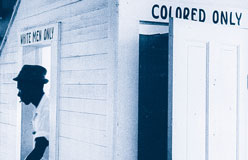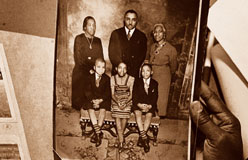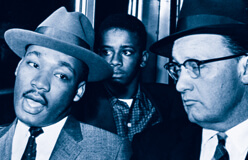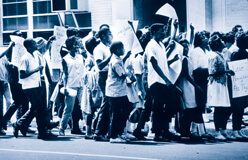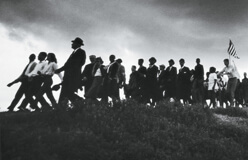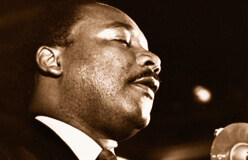On Thursday, December 1, 1955, Rosa Parks boarded a crowded bus in Montgomery, Alabama, to go home after a hard day’s work.
As usual, she sat in the back, which was where blacks had to sit. After a few stops, all the seats were taken. Then a white passenger got on board. The bus driver told Mrs. Parks and the others in her row to stand and let the white man sit. Rosa Parks refused. She was taken to the police station and booked, then moved to the city jail. That evening, she was released on bond.
News of Parks’s arrest spread quickly, and the city’s blacks decided to protest by staying off the buses. On the following Monday, almost all the city’s black bus riders had found other ways to get to work. The boycotters had a simple goal: they wanted to end segregation on city buses.
To keep the boycott going, Montgomery’s black leaders founded the Montgomery Improvement Association (MIA). They elected 26-year-old Martin Luther King Jr. president. The MIA started car pools to help people get to work. They also held meetings to encourage people to keep up the boycott.

